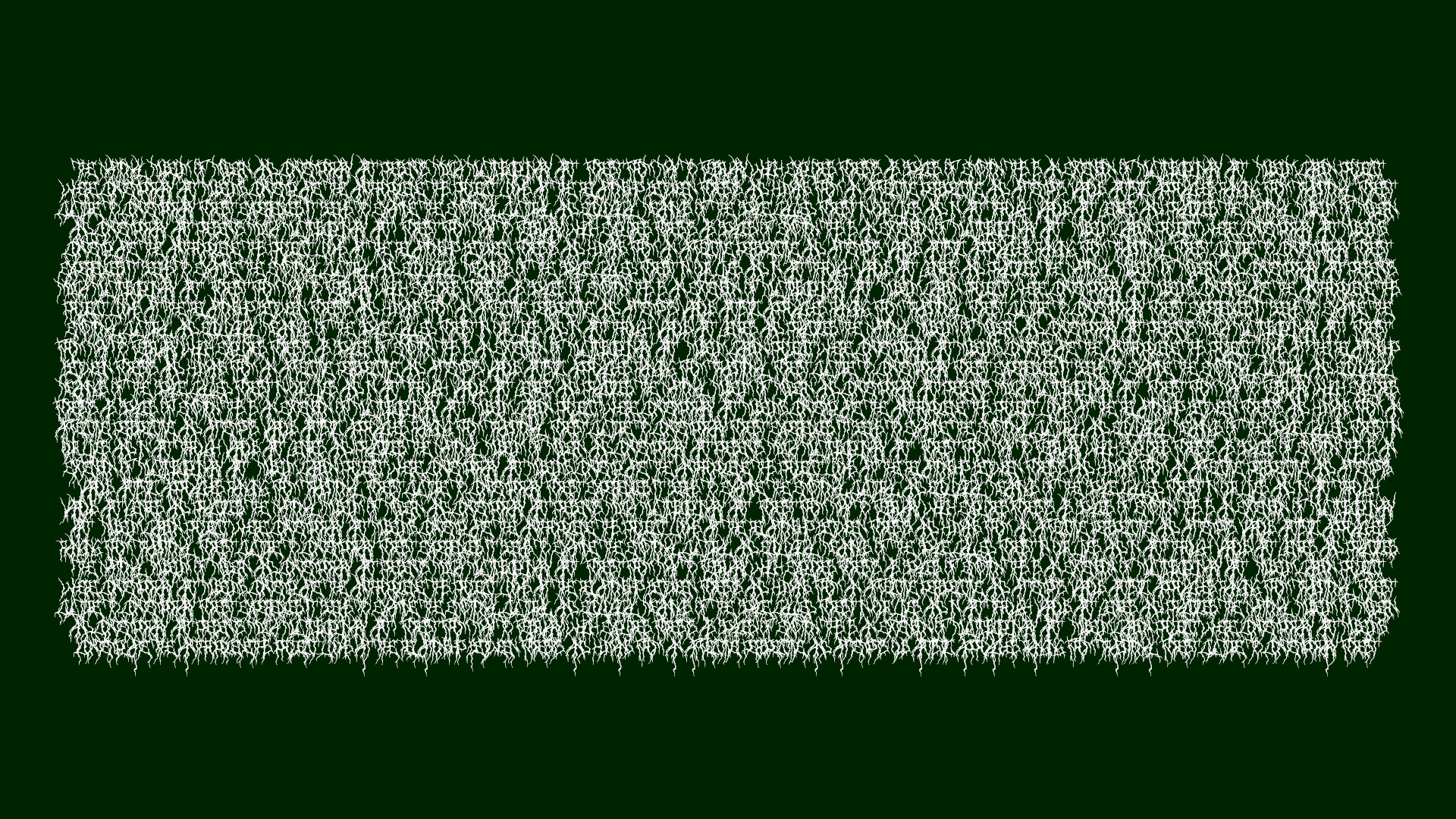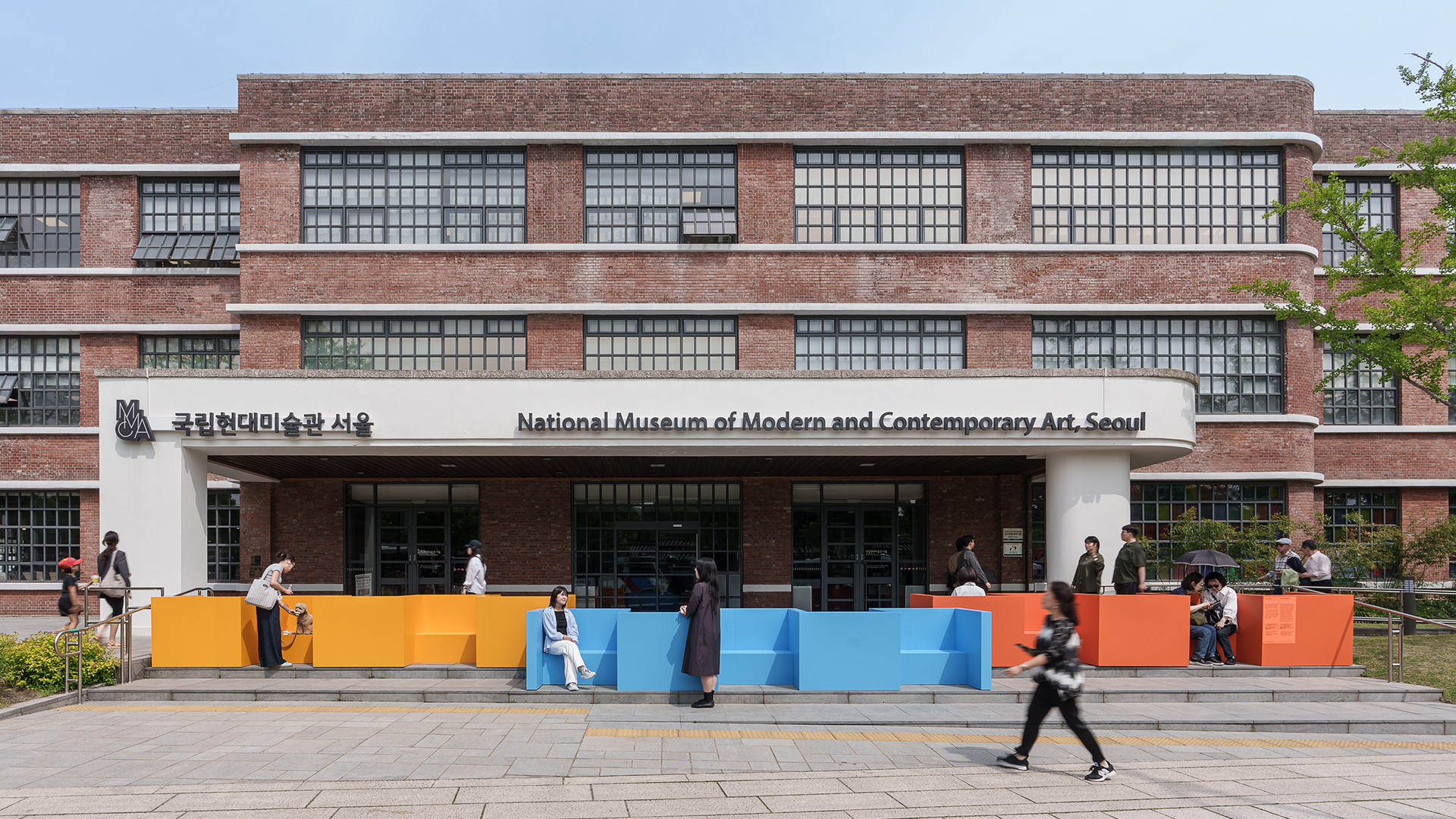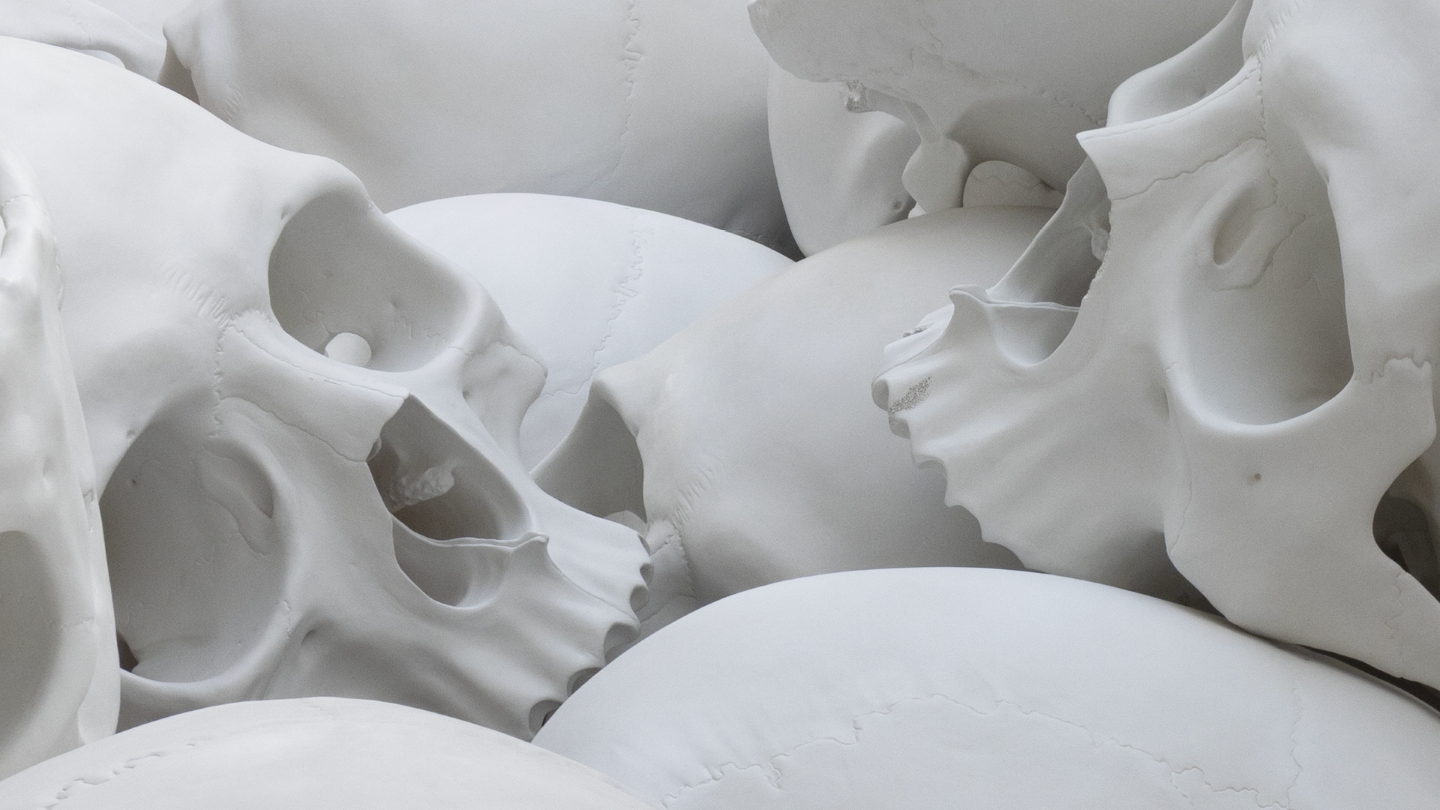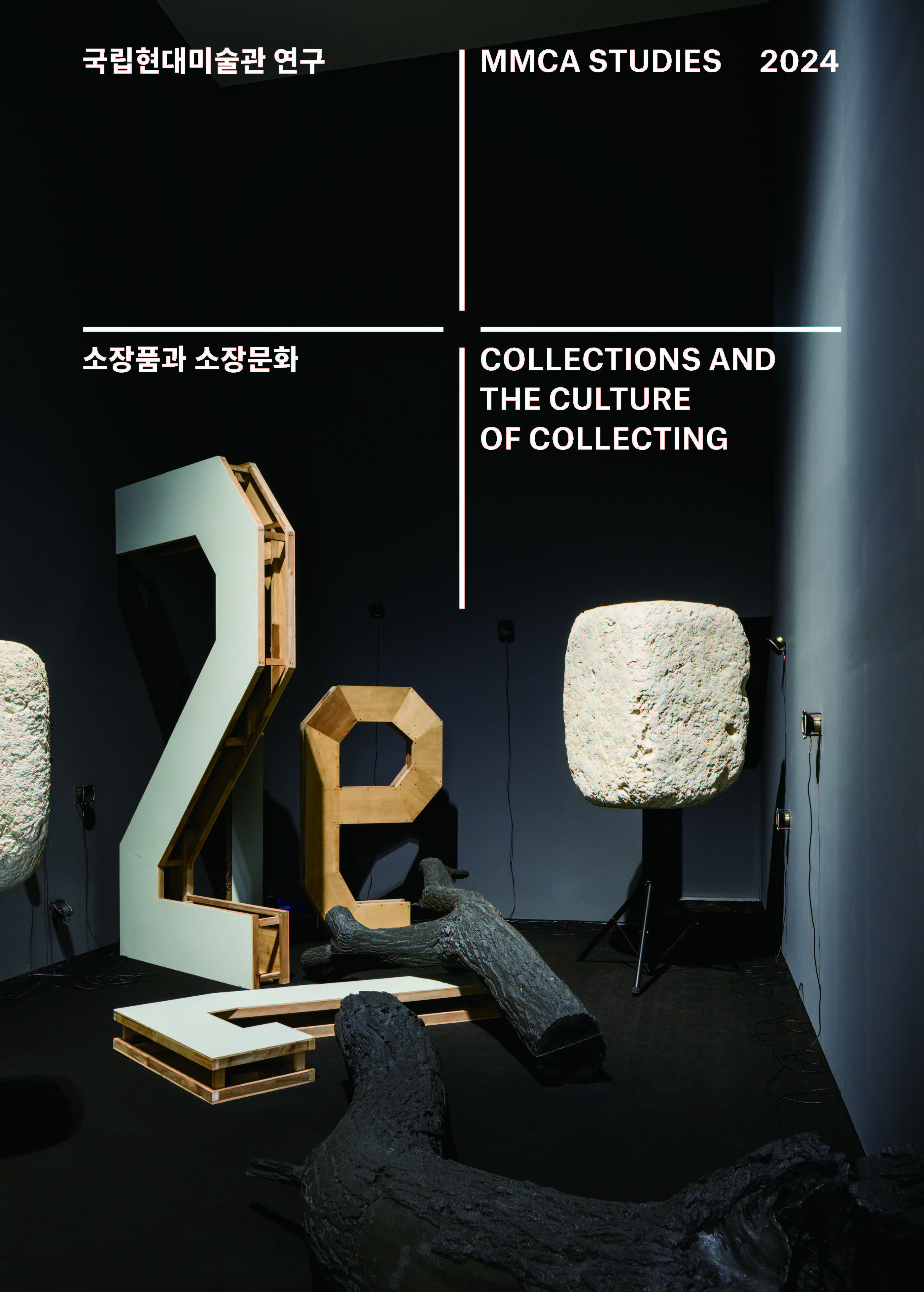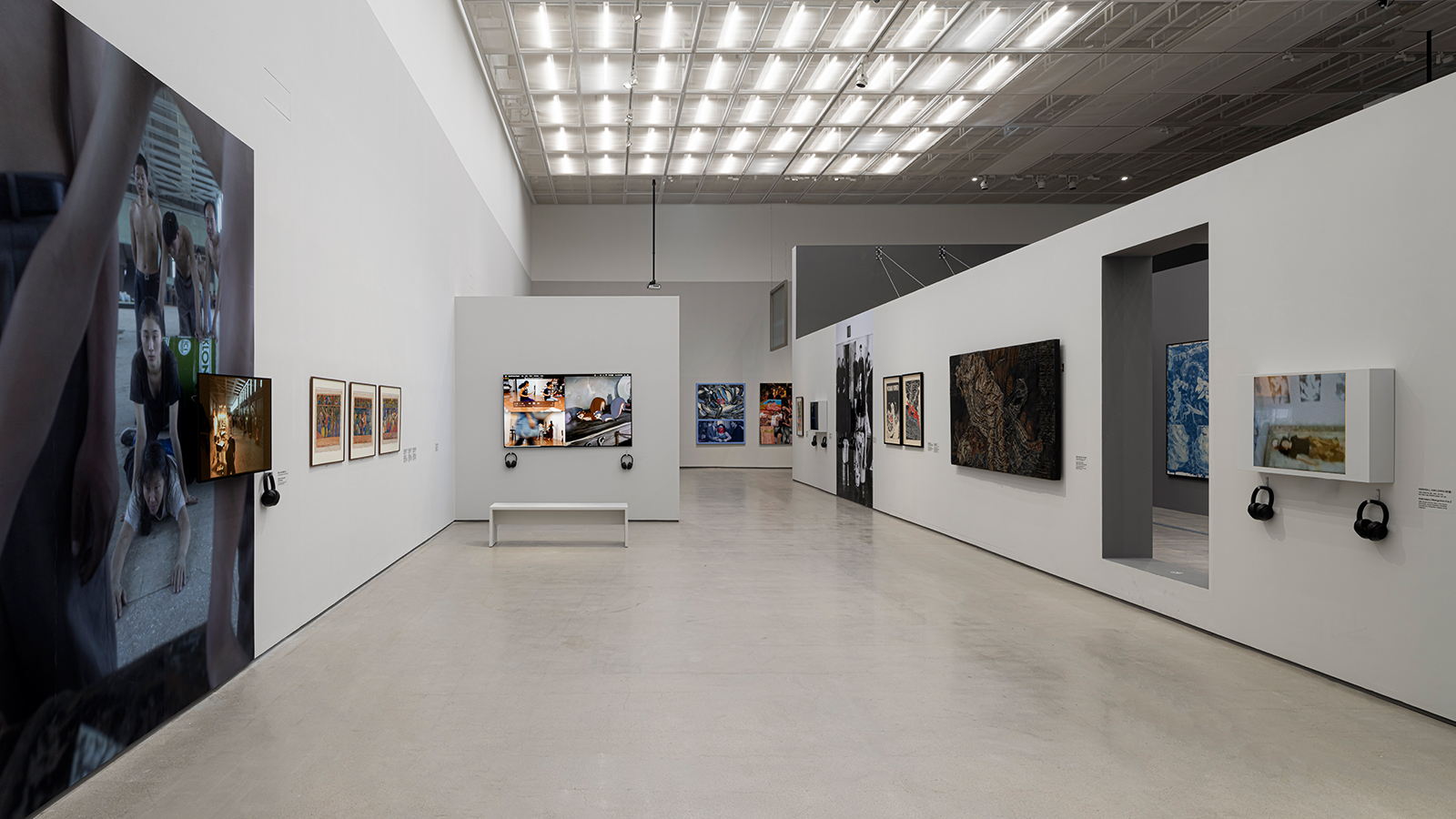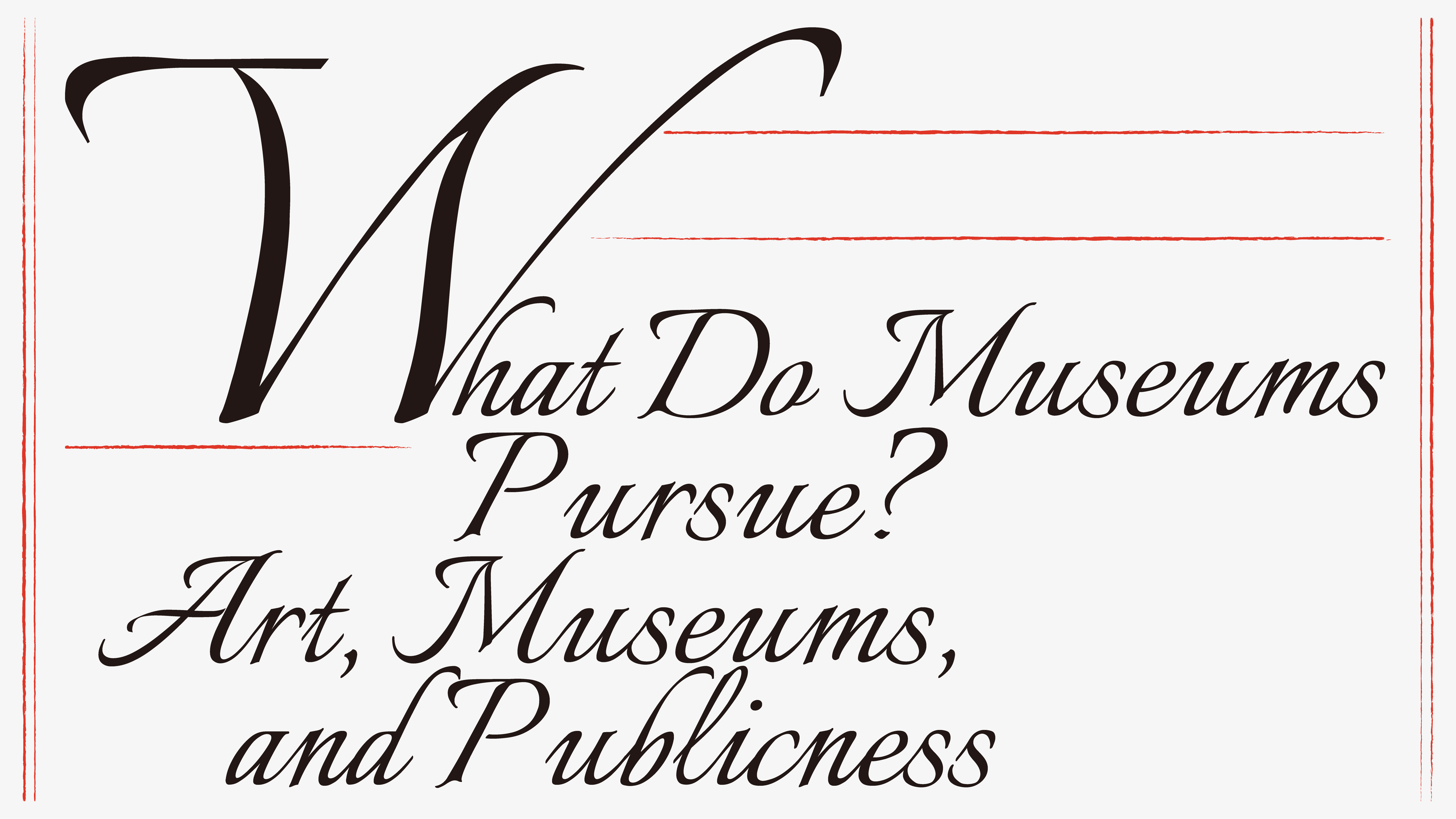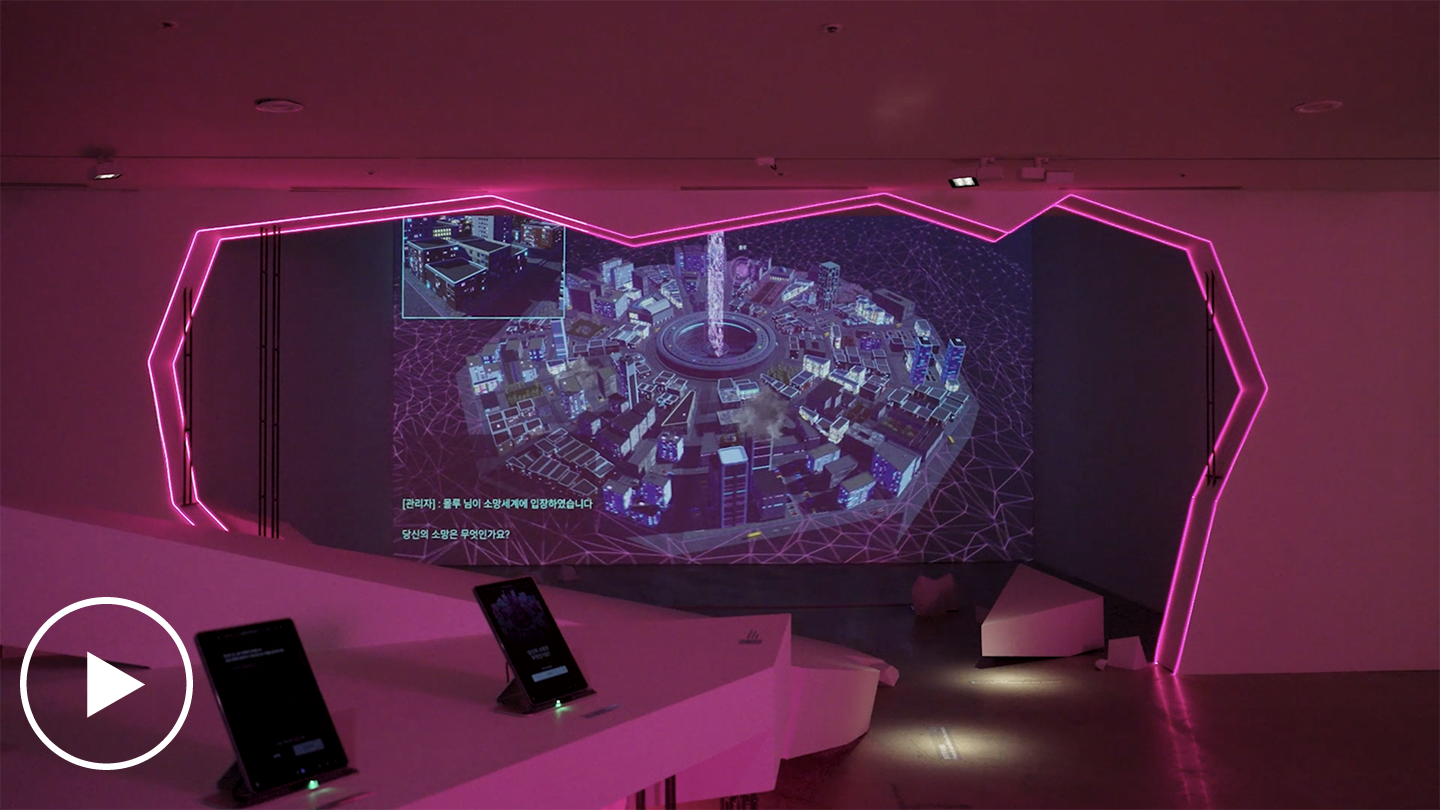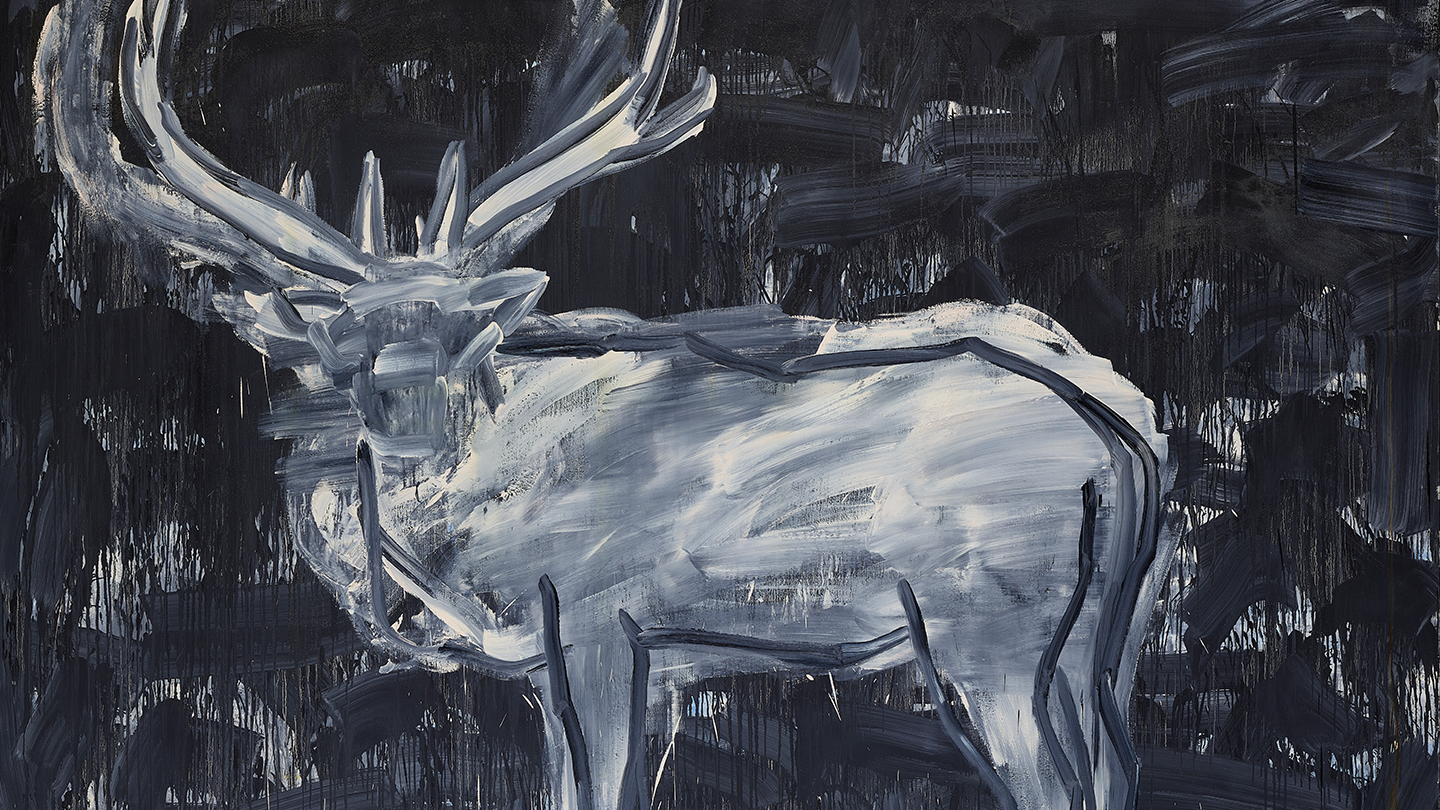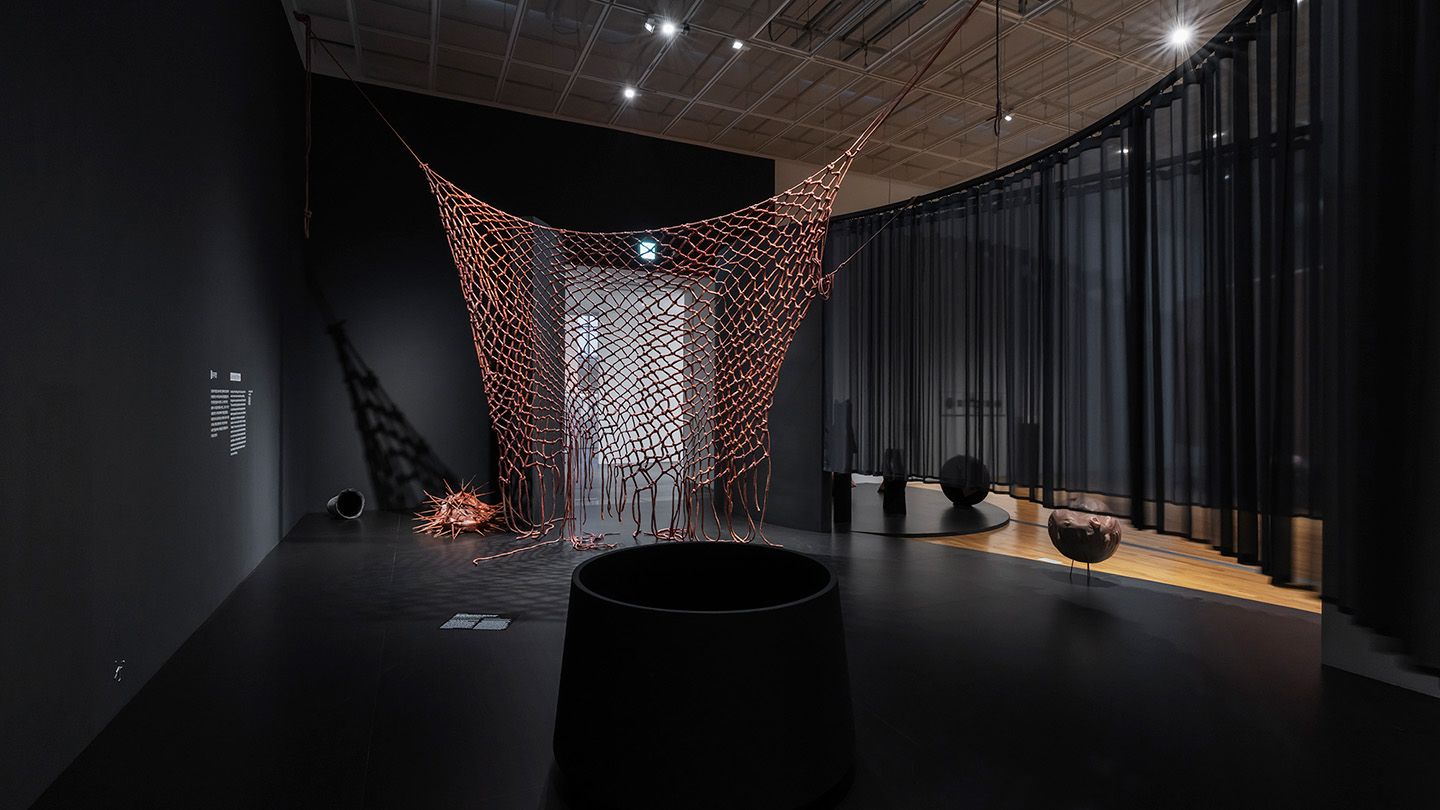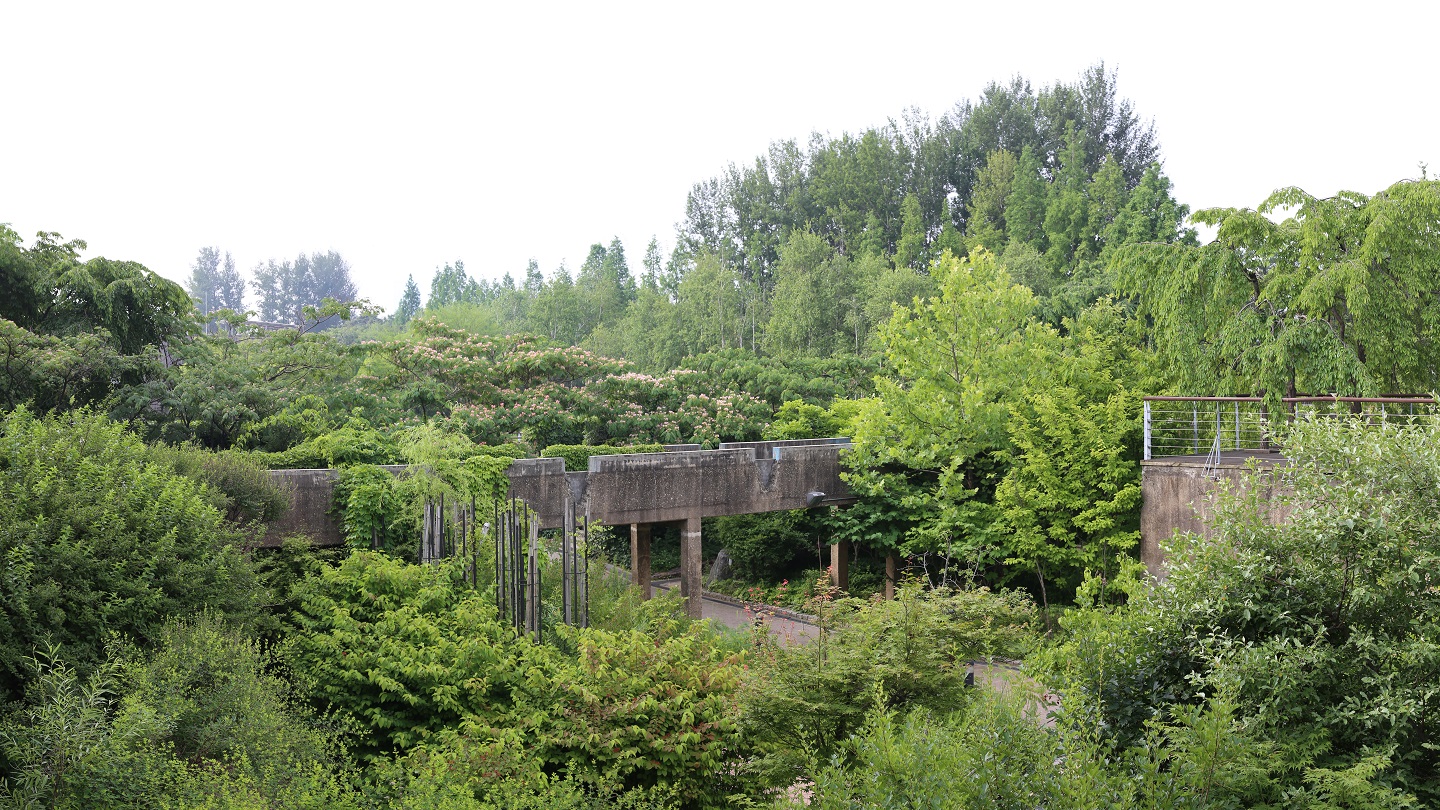May 23, 2025–January 25, 2026
30 Samcheong-ro, Jongno-gu
03062 Seoul
South Korea
Hours: Monday–Tuesday, Thursday–Friday and Sunday 10am–6pm
Wednesday and Saturday 10am–9pm
Artists: Go-Eun Im, Sangmin Choe, Heiner Goebbels, Katia Engel & Ari Ersandi & Points of Listening, Hong Lee Hyunsook, Toshiki Okada & chelfitsch & Teppei Kaneuji, Sojin Kwak, Kim Shinu & Lee Jeongeun & Lim Hansol & Myung Sumin & Tree Planet
The MMCA Performing Arts is a multidisciplinary convergence program that seeks to break down the boundaries between genres, expand the realm of art, and explore both the role of the museum and the possibilities of art.
The MMCA Performing Arts 2025: Waiting for the Forest explores the complex relationship between humans and the forest. The program poses questions about how today’s forest differs from those of the past, how we as human beings might have related to the forest, and what humans are to the forest. Expanding on the controversial approach of “creating forests” to offset a museum’s carbon emissions that was raised in The Museum-Carbon-Project (2022) and the critical perspective highlighted by Meditation on YouTube (2023), this year we explore the meaning and contemporary value of the “classical forest” in modern society, where even meditation has come to rely on digital platforms.
If the MMCA Performing Arts 2024 looked toward the universe, then in 2025, our gaze turns to the forest. In the expression samramansang—which refers to all things and phenomena in the universe—the Chinese character sam is made up of the three same radicals for the character “tree,” and signifies a thickly wooded forest. This illustrates the ontological significance of forests within East Asian traditions of thought. A forest is a hybrid space where countless species of living organisms and microorganisms coexist, and where the boundary between the living and non-living becomes blurred. It is a place of diversity and dynamism where innumerable beings are entangled and constantly transforming. The forest, like the universe, can be seen as reality that transcends human perception and as a space of infinite possibility and plurality.
The forest has long been a place of deep emotional resonance and communion, or a “forest of affect,” one might say. Here, “affect” refers not to personal emotion alone, but to the social and collective flows of feelings that arise between the body and its environment. As evidenced by the frequent references to Henry David Thoreau’s Walden by this year’s participating artists, what Thoreau sought was not mere solitude, but a new relationship with the world. Inspired by this, participating artists have translated Thoreau’s intimate world into their own works, offering moments of reflection that reconnect modern individuals—many of whom are disconnected from nature—with their bodies and senses.
Just as the noted American scholar Donna Jeanne Haraway once declared, “We are humus, not Homo, not anthropos; we are compost, not posthuman,” so, too, is the forest a dynamic, interconnected network of multiple beings, as well as a space where diverse life forms coexist beyond hierarchical dominance. As Robin Wall Kimmerer notes, in some Native languages the term for plants translates to “those who take care of us.” Similarly, the Latin root of the word “curating,” “cūrō,” means “to watch over,” and to care for plants and forests means the restoration of life. The works featured in the MMCA Performing Arts listen closely to the voices of the forest, transforming relationships with forests, land, and trees into physical experiences. This is not about one-sided human generosity, but rather about discovering reciprocal relationships where beings—both human and non-human—care for one another while also seeking new possibilities for symbiosis.
We set out to explore what the forest means to humans, but ultimately arrived at a more fundamental question: what are humans to the forest? The MMCA Performing Arts 2025: Waiting for the Forest is a journey that moves beyond anthropocentric thinking to reconsider the world from the forest’s perspective—and to reflect on our place within it. We hope you will join us on this spiritual and intellectual odyssey.
